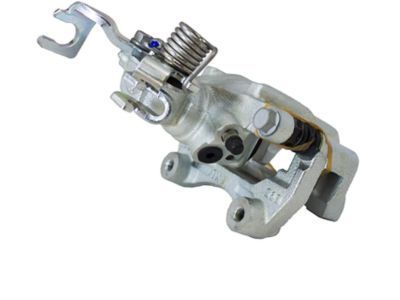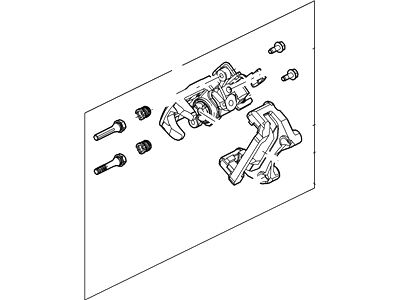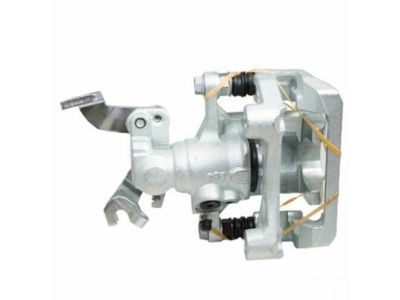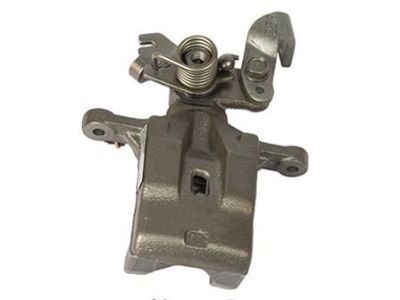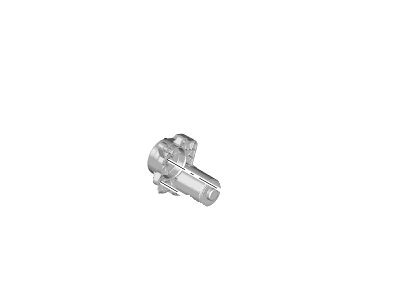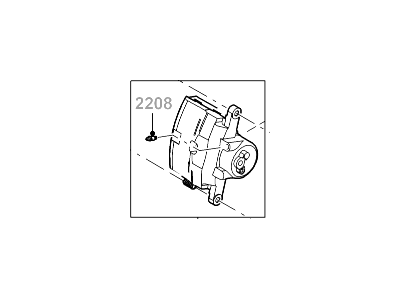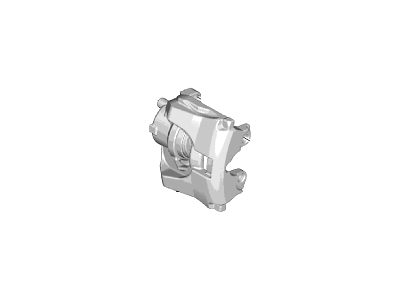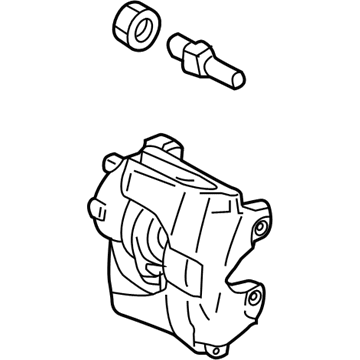

My Garage
My Account
Cart
Genuine Ford Fusion Brake Caliper
Caliper- Select Vehicle by Model
- Select Vehicle by VIN
Select Vehicle by Model
orMake
Model
Year
Select Vehicle by VIN
For the most accurate results, select vehicle by your VIN (Vehicle Identification Number).
25 Brake Calipers found
Ford Fusion Housing
Part Number: 6E5Z-2552-C$108.85 MSRP: $181.82You Save: $72.97 (41%)Ships in 1-2 Business DaysFord Fusion Housing
Part Number: 6E5Z-2553-C$108.85 MSRP: $181.82You Save: $72.97 (41%)Ships in 1-2 Business DaysFord Fusion Brake Caliper Assembly-Less Pads
Part Number: 6E5Z-2V552-CRM$89.60 MSRP: $146.36You Save: $56.76 (39%)Ships in 1-2 Business DaysFord Fusion Housing
Part Number: DG9Z-2553-A$105.44 MSRP: $172.55You Save: $67.11 (39%)Ships in 1-2 Business DaysFord Fusion Brake Caliper Assembly-Less Pads
Part Number: G2MZ-2V121-ERM$69.07 MSRP: $114.73You Save: $45.66 (40%)Ships in 1-2 Business DaysFord Fusion Brake Caliper Assembly-Less Pads
Part Number: 6E5Z-2V121-CRM$69.07 MSRP: $114.73You Save: $45.66 (40%)Ships in 1-2 Business DaysFord Fusion Housing
Part Number: DG9Z-2553-C$105.44 MSRP: $172.55You Save: $67.11 (39%)Ships in 1-2 Business DaysFord Fusion Housing
Part Number: DG9Z-2552-C$104.56 MSRP: $171.09You Save: $66.53 (39%)Ships in 1-2 Business DaysFord Fusion Brake Caliper Assembly-Less Pads
Part Number: DG9Z-2B121-A$41.41 MSRP: $64.36You Save: $22.95 (36%)Ships in 1-2 Business DaysFord Fusion Brake Caliper Assembly-Less Pads
Part Number: DG9Z-2B120-A$41.29 MSRP: $64.18You Save: $22.89 (36%)Ships in 1-2 Business DaysFord Fusion Brake Caliper Assembly-Less Pads
Part Number: G2MZ-2V120-ERM$71.01 MSRP: $118.00You Save: $46.99 (40%)Ships in 1-2 Business DaysFord Fusion Brake Caliper Assembly-Less Pads
Part Number: G2MZ-2V552-ERM$89.60 MSRP: $146.36You Save: $56.76 (39%)Ships in 1-2 Business DaysFord Fusion Brake Caliper Assembly-Less Pads
Part Number: G2MZ-2V553-ERM$88.28 MSRP: $144.18You Save: $55.90 (39%)Ships in 1-2 Business DaysFord Fusion Housing
Part Number: DG9Z-2552-A$104.56 MSRP: $171.09You Save: $66.53 (39%)Ships in 1-2 Business DaysFord Fusion Housing
Part Number: 6E5Z-2552-A$108.85 MSRP: $181.82You Save: $72.97 (41%)Ships in 1-2 Business DaysFord Fusion Brake Caliper Assembly-Less Pads
Part Number: 6E5Z-2V553-CRM$88.28 MSRP: $144.18You Save: $55.90 (39%)Ships in 1-2 Business DaysFord Fusion Housing
Part Number: 6E5Z-2553-A$108.85 MSRP: $181.82You Save: $72.97 (41%)Ships in 1-2 Business DaysFord Fusion Brake Caliper Assembly-Less Pads
Part Number: 6E5Z-2V120-CRM$71.01 MSRP: $118.00You Save: $46.99 (40%)Ships in 1-2 Business DaysFord Fusion Brake Caliper Assembly-Less Pads
Part Number: G3GZ-2B121-A$107.07 MSRP: $169.09You Save: $62.02 (37%)Ships in 1-3 Business DaysFord Fusion Brake Caliper Assembly-Less Pads
Part Number: G3GZ-2B120-A$104.90 MSRP: $165.64You Save: $60.74 (37%)Ships in 1-3 Business Days
| Page 1 of 2 |Next >
1-20 of 25 Results
Ford Fusion Brake Caliper
The Brake Caliper is the component of the Ford Fusion cars that takes hydraulic pressure which is supplied by the master cylinder and transforms it into mechanical force. This force is very relevant in applying pressure on the brake pads against the rotors for a slowing or a stoppage of the vehicle. Ford Fusion models utilize two primary types of Brake Calipers: It is divided into two parts which include, fixed and floating. Fixed calipers have pistons on both side of the rotor offering regular pressures while floating, callipers have pistons on one side and slide to apply pressure and therefore may develop some problems such as uneven wear of pad if not well checked. Since the first release in the market, there has been changes in the models of Ford Fusion Brake Calipers, there are the standard original equipment calipers and those with enhanced performance. There are performance calipers that provide not only the increased stopping power but also look better in corresponding car uses. It is also important that inspections and maintenance of the brake caliper are made periodically since any defects may result in such symptoms such as brake dragging, uneven wearing off or even poor Ford Fusion performance.
We provide a wide range of Ford Fusion Brake Caliper at the best prices possible. If you need Ford Fusion Brake Caliper, you can shop with confidence on our website. All our OEM parts come with a manufacturer's warranty and are delivered to your door step with a fast delivery service.
Ford Fusion Brake Caliper Parts Questions & Experts Answers
- Q: Should calipers be replaced in pairs rather than overhauled if fluid leakage is indicated on Ford Fusion?A:If replacement is indicated, usually due to fluid leakage, it is recommended that the calipers be replaced rather than overhauled, as new and factory rebuilt units are available on an exchange basis, making the job easier. Always replace calipers in pairs. To remove, first loosen the wheel lug nuts, raise the vehicle, and securely place it on jackstands before removing the wheels. Disconnect the brake hose from the caliper by removing the banjo fitting bolt and caliper mounting bolts, discarding the sealing washers and plugging the brake hose to prevent contamination and fluid loss. If the caliper is removed for access to another component, hang it securely with wire, ensuring it does not hang by the brake hose. For rear calipers on 2012 and earlier models, disconnect the parking brake cable. For 2013 and later models, activate the Electronic Parking Brake service mode, disconnect the electrical connector to the EPB actuator, and remove the ERB actuator if necessary. To install, reverse the removal procedure, tightening the mounting bolts and banjo fitting bolt with new sealing washers. Bleed the brake system and check for leaks. For 2012 and earlier models, adjust the parking brake if needed, and for 2013 and later models, deactivate the EPB service mode after replacing the rear caliper. Finally, test the brakes carefully before returning the vehicle to normal service.
